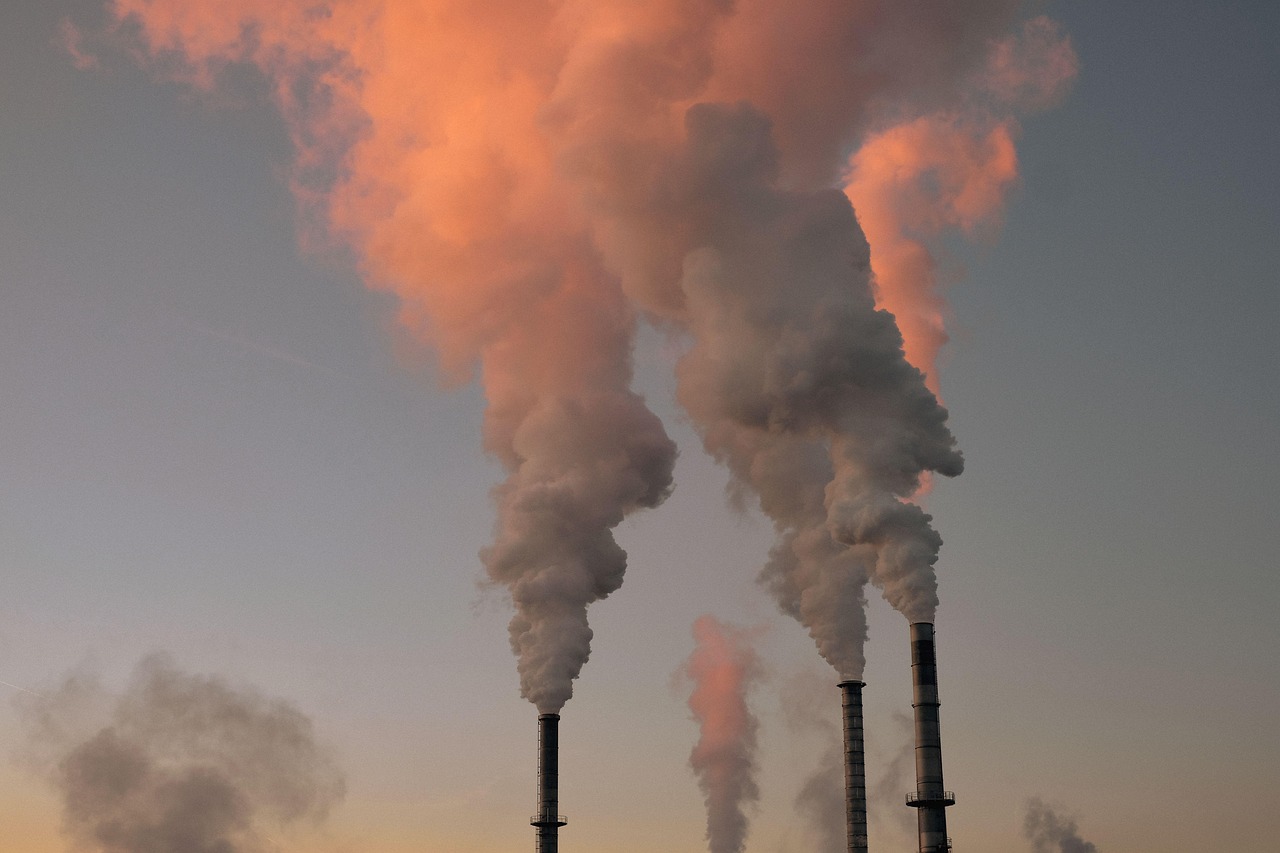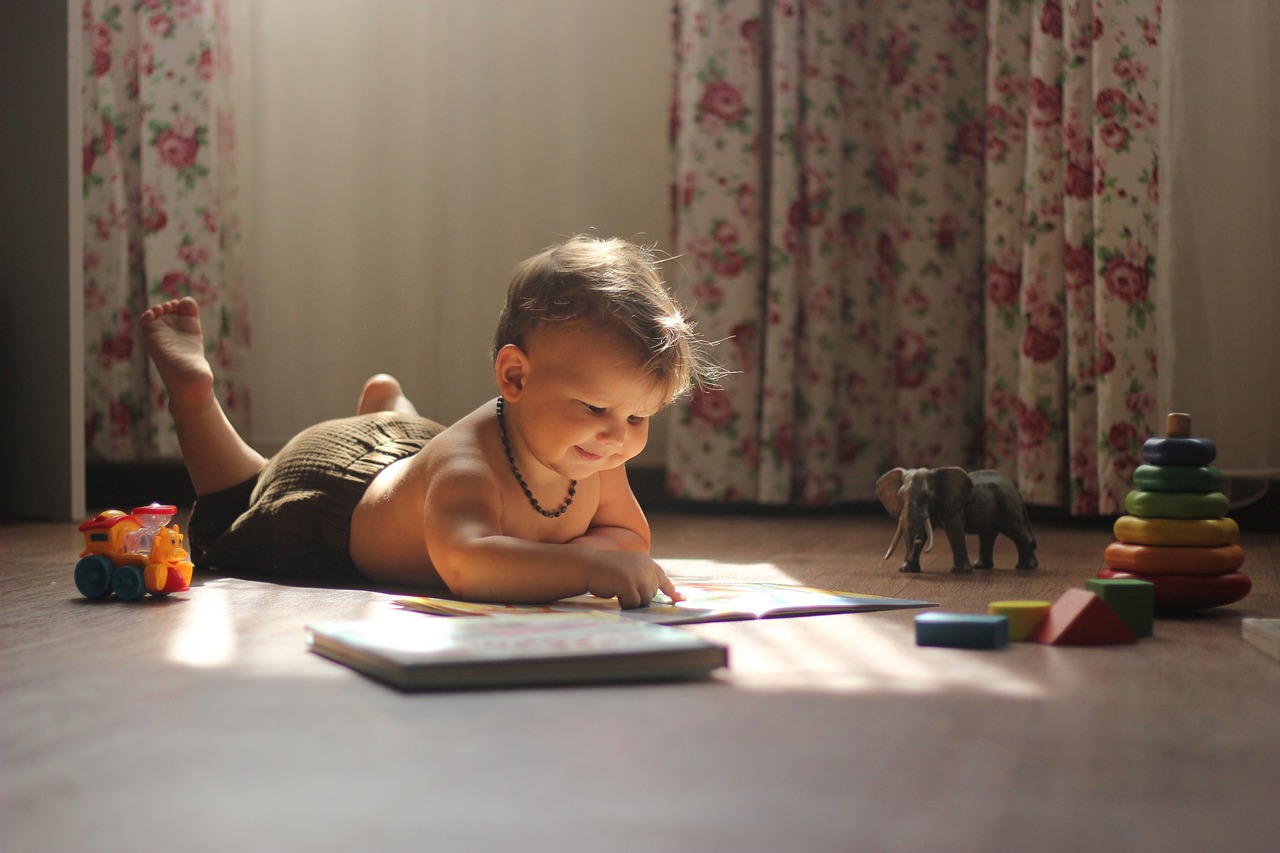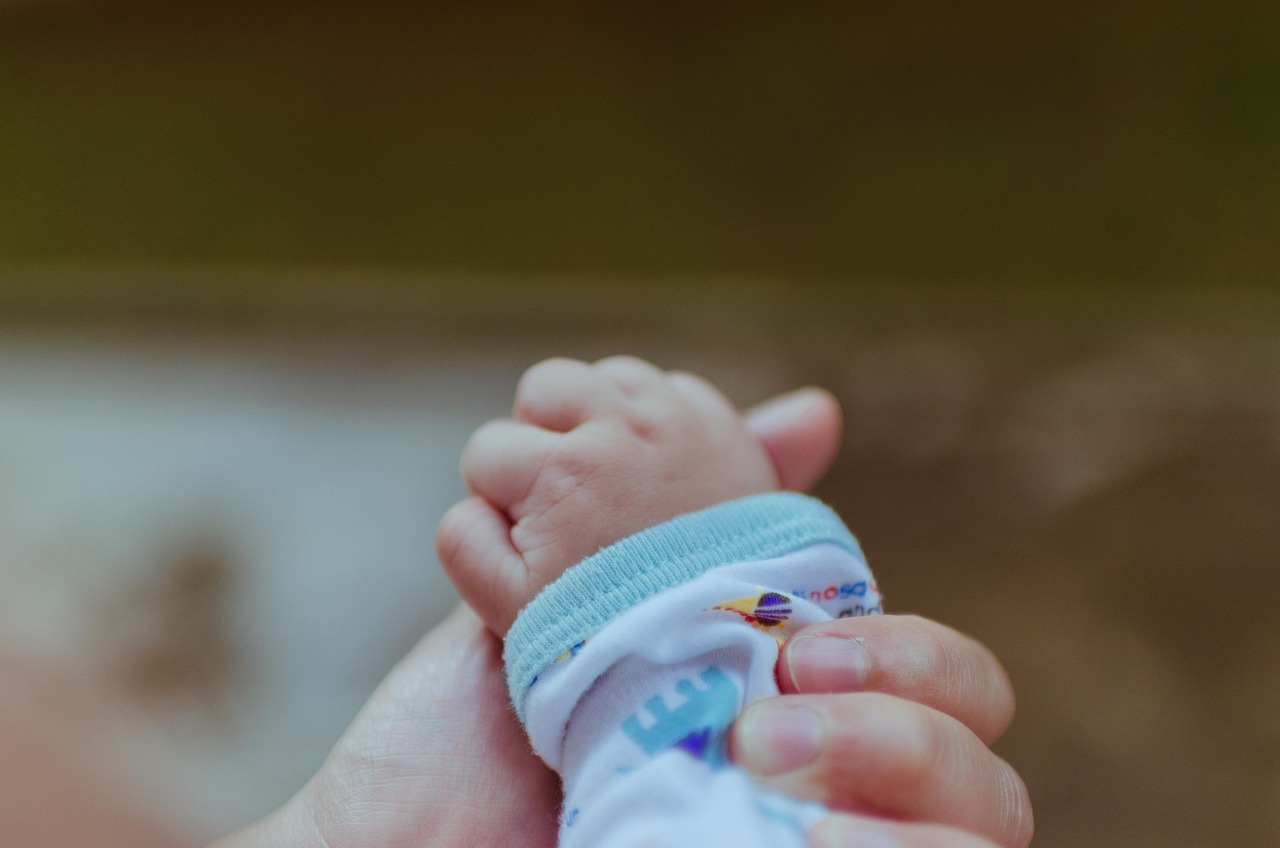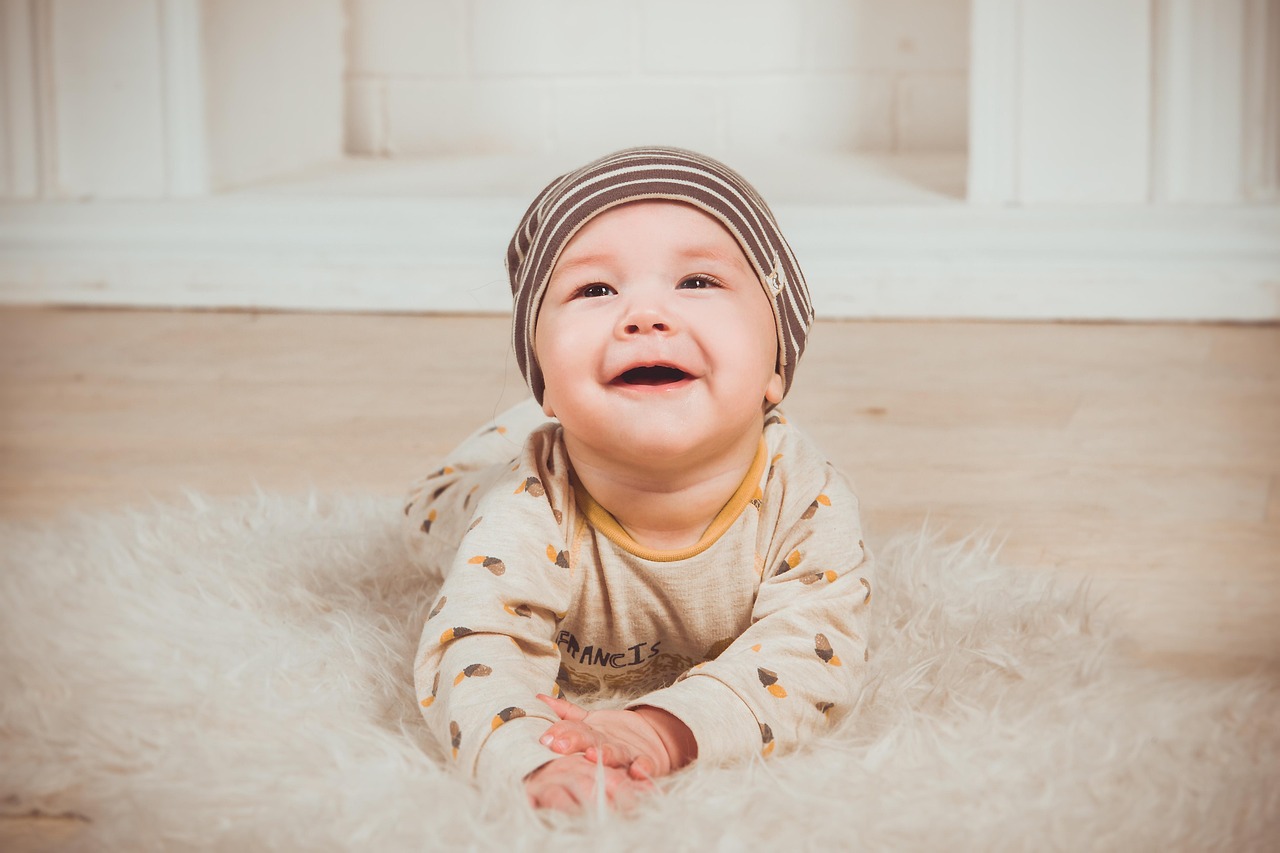A Growing Concern for Little Lungs
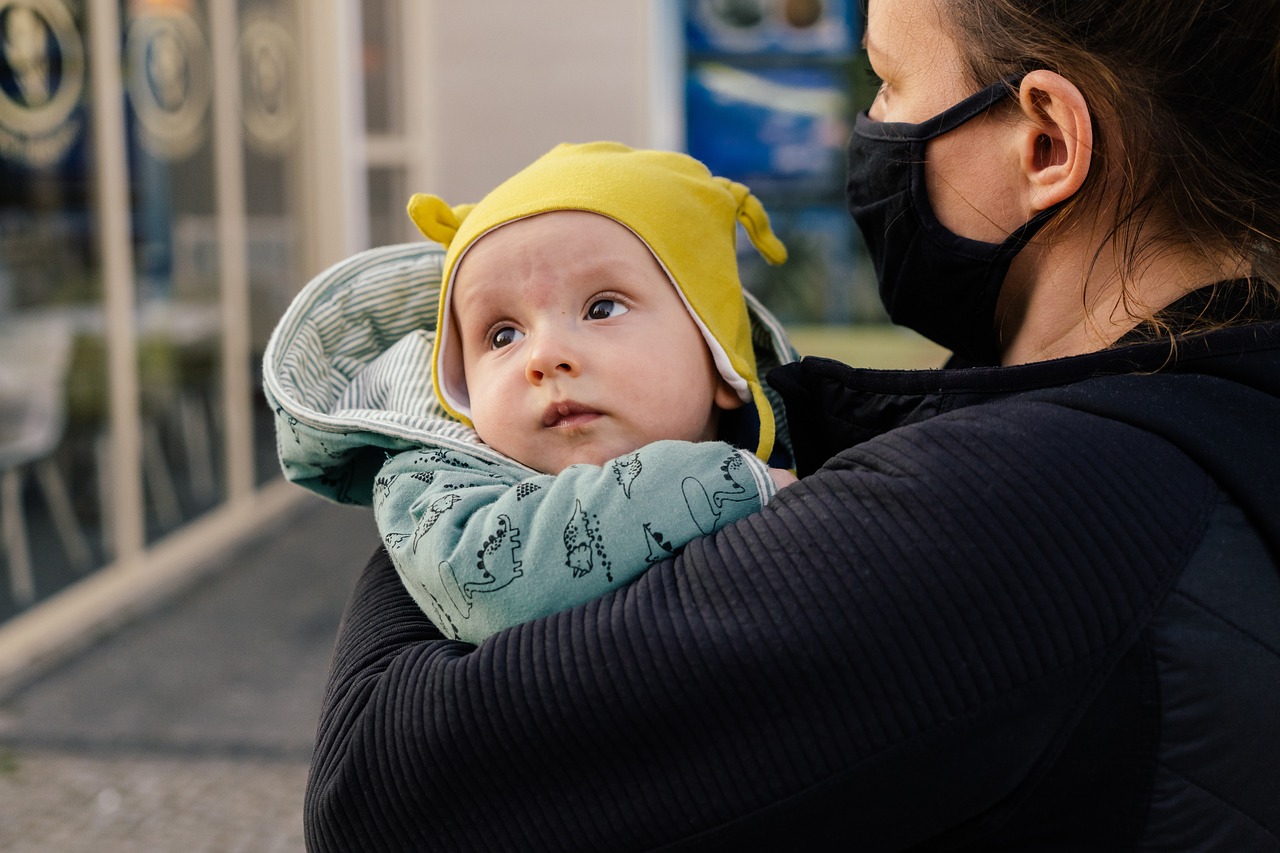
Air pollution is a well-known health risk, but its effects on children’s developing lungs are especially concerning. Every day, around 93% of the world’s children under 15 years old (1.8 billion kids) breathe air so polluted that it threatens their health and development. According to the World Health Organization (WHO), in 2016 alone, 600,000 children died from respiratory infections linked to polluted air.
A WHO report on Air Pollution and Child Health highlights the serious impact of both outdoor and indoor air pollution, particularly in urban areas and low- to middle-income countries. This growing crisis has led to WHO’s first Global Conference on Air Pollution and Health, aiming to address the urgent need for cleaner air.
More Than 90% of the World’s Children Breathe Toxic Air
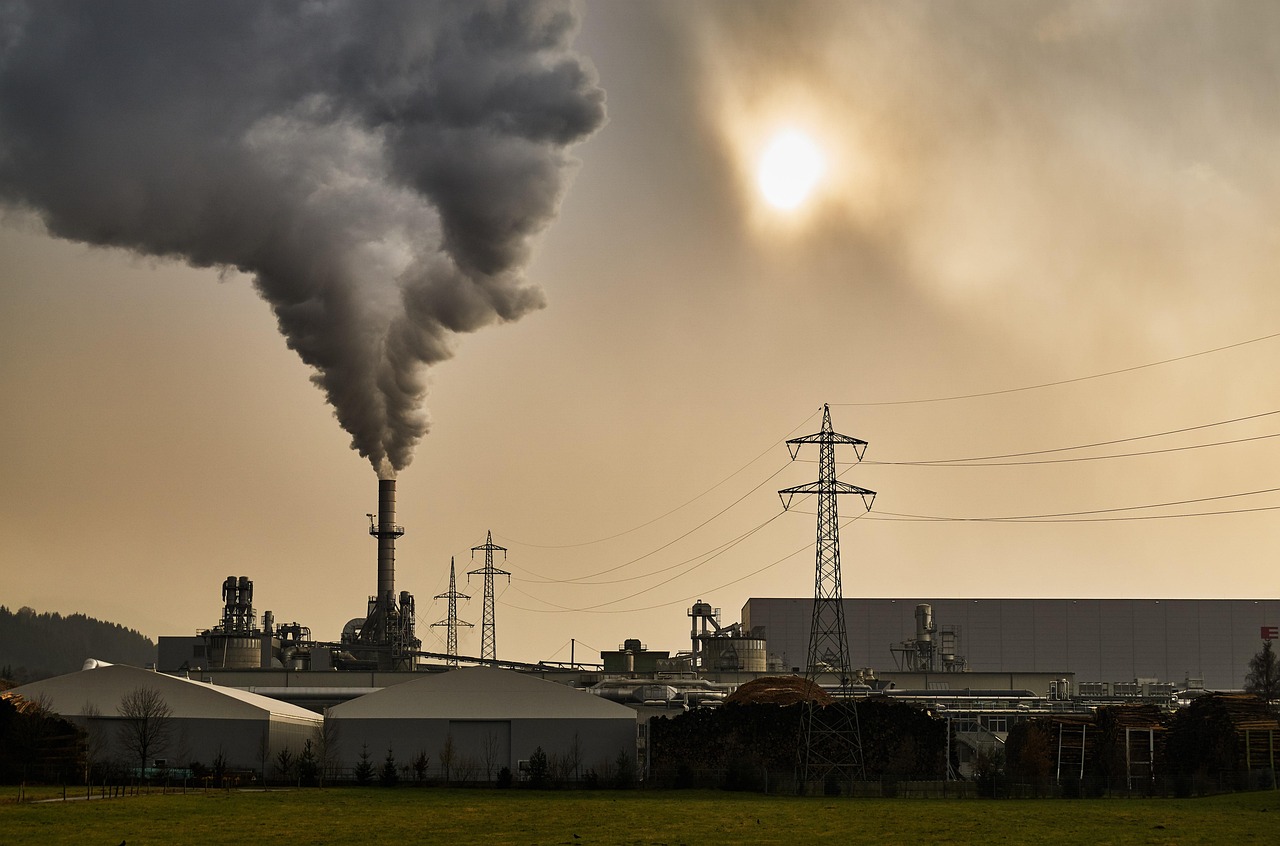
Air Pollution in Thailand
Thailand experiences worsening air quality due to increasing traffic, seasonal burning, and industrial activity. In recent months, pollution levels have spiked, with high concentrations of particulate matter (PM10 and PM2.5) lingering in the air, especially during dry weather when there is little rainfall to clear it.
These tiny particles stay suspended in the air, making it easier for children to inhale them without even realising it. PM2.5 particles, in particular, are the most dangerous, as they can penetrate deep into the lungs and even enter the bloodstream, leading to long-term health issues.
The Hidden Dangers of PM2.5 for Prenatal and Young Children

Children are especially vulnerable to polluted air for several reasons:
- Their lungs are still developing, making them more sensitive to inhaling harmful particles.
- They breathe faster than adults, increasing their exposure.
- Their shorter height means their faces are closer to vehicle exhaust fumes and dust.
- They spend more time outdoors, often in polluted environments.
Exposure to PM2.5 can cause:
- Respiratory infections like pneumonia.
- Wheezing and persistent coughing.
- Increased risk of asthma or worsening symptoms in children who already have it.
- Long-term lung damage, potentially increase the risk of lung cancer later in life.
Air Pollution and Pregnancy
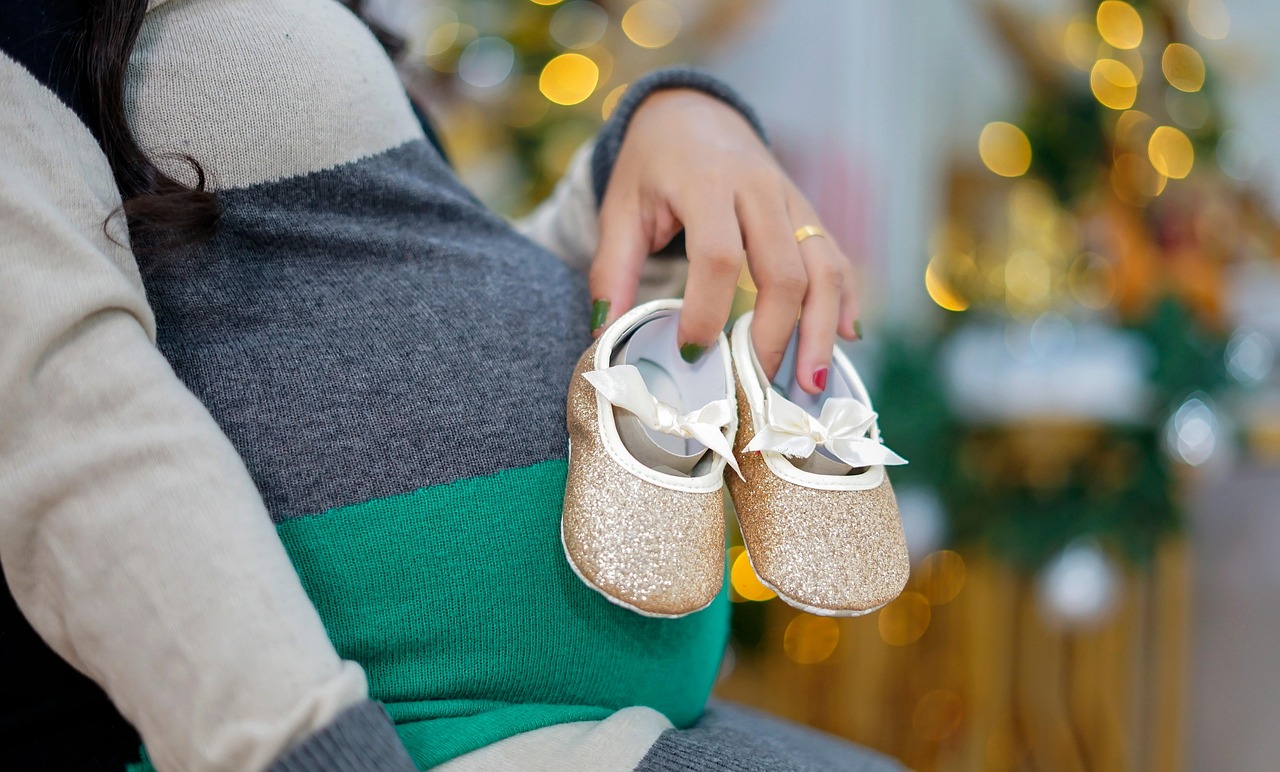
For expectant mothers, exposure to air pollution can also affect a baby’s lung development before birth. Studies suggest that long-term exposure may contribute to premature birth, low birth weight, and long-term respiratory issues. While it’s impossible to completely avoid air pollution, there are ways to reduce exposure for both mother and baby.
How to Reduce Air Pollution Exposure
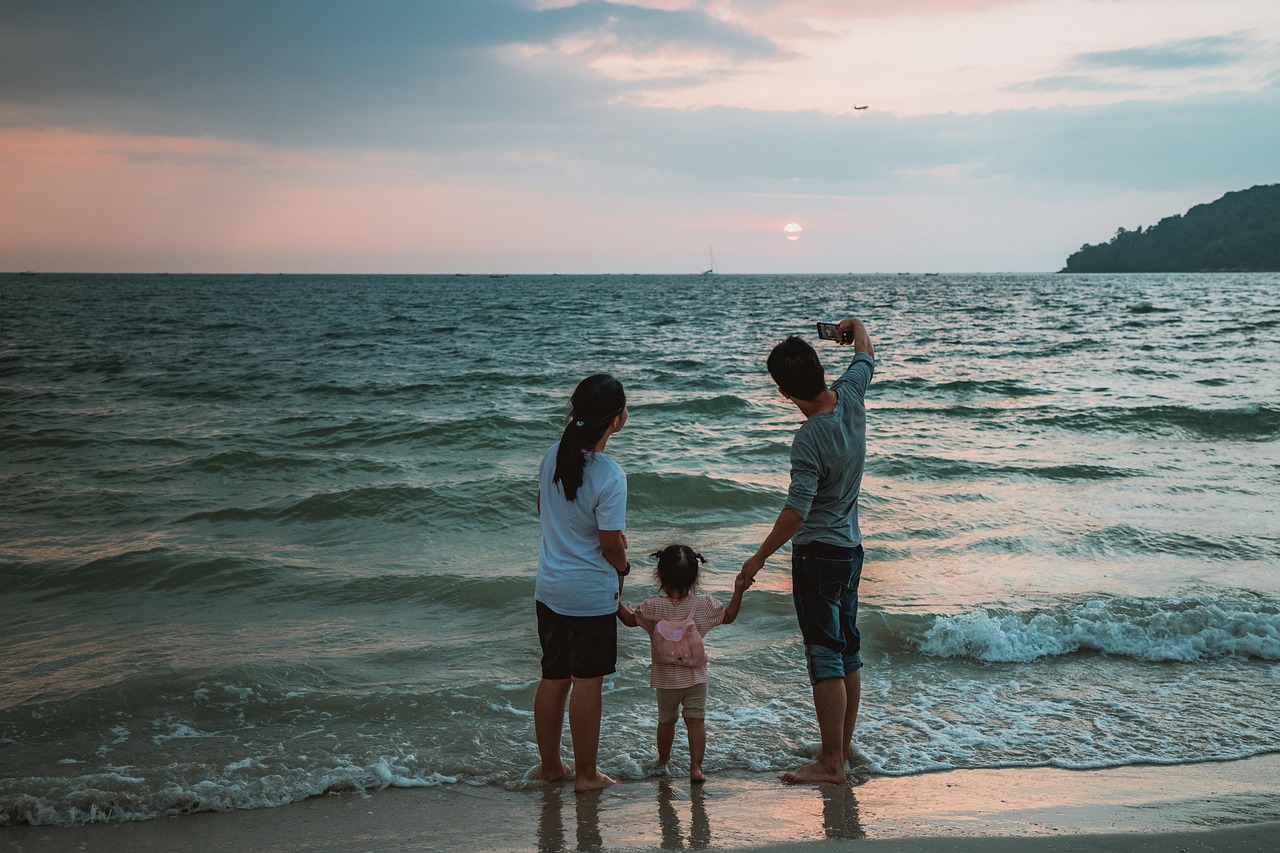
Moving away from a polluted area isn’t an option for most families, but there are practical steps you can take to limit exposure:
Air Quality Monitoring
- Use an air quality app or website to check pollution levels in your area.
- Many schools have air quality monitors—check their readings regularly.
Indoor Air Protection
- Invest in air purifiers, especially for bedrooms and main living areas.
- Use essential oils like eucalyptus to help purify indoor air.
- Choose chemical-free household products to reduce indoor pollutants.
- Place air-purifying plants around the home.
Outdoor Precautions
- Encourage children to wear masks with filters on high-pollution days.
- Avoid heavily trafficked areas, especially during rush hour.
- Opt for parks and green spaces rather than roadsides for outdoor activities.
- Reduce exposure to vehicle fumes by limiting time in tuk-tuks and motorcycles in heavy traffic.
- Avoid areas where people are smoking.
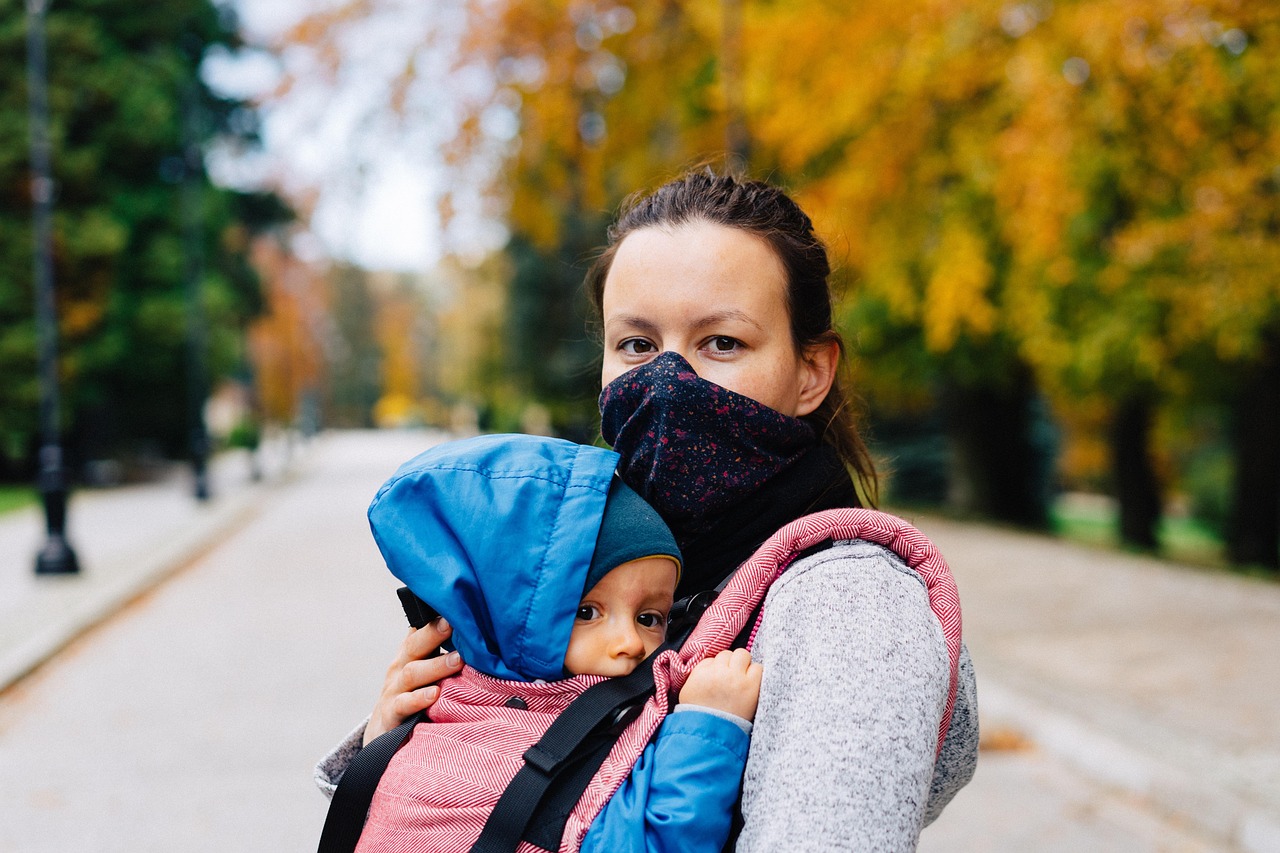
Air pollution is one of the most invisible dangers children face today. While we can’t eliminate it entirely, taking steps to monitor air quality, reduce exposure, and create cleaner indoor environments can help protect children’s health. Awareness and action can make a difference—both for our families and for future generations.



